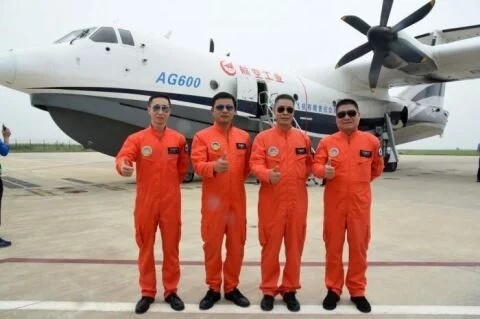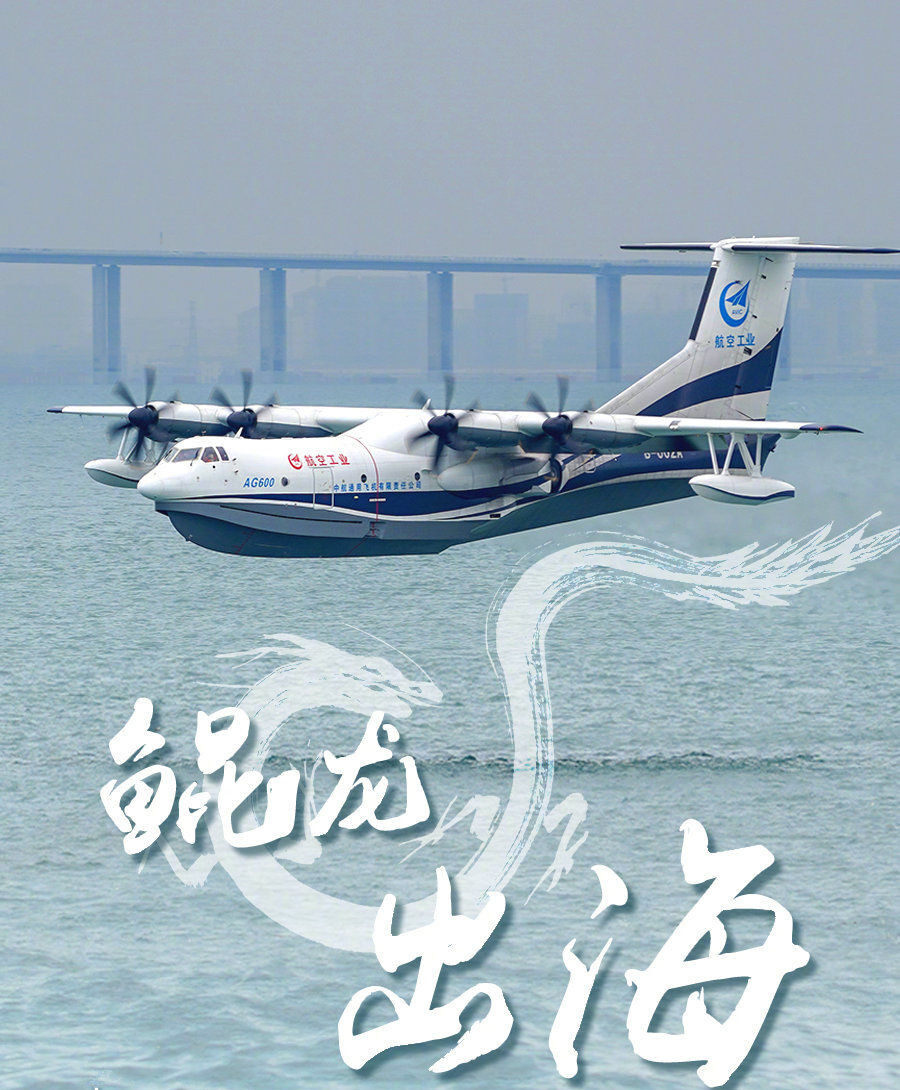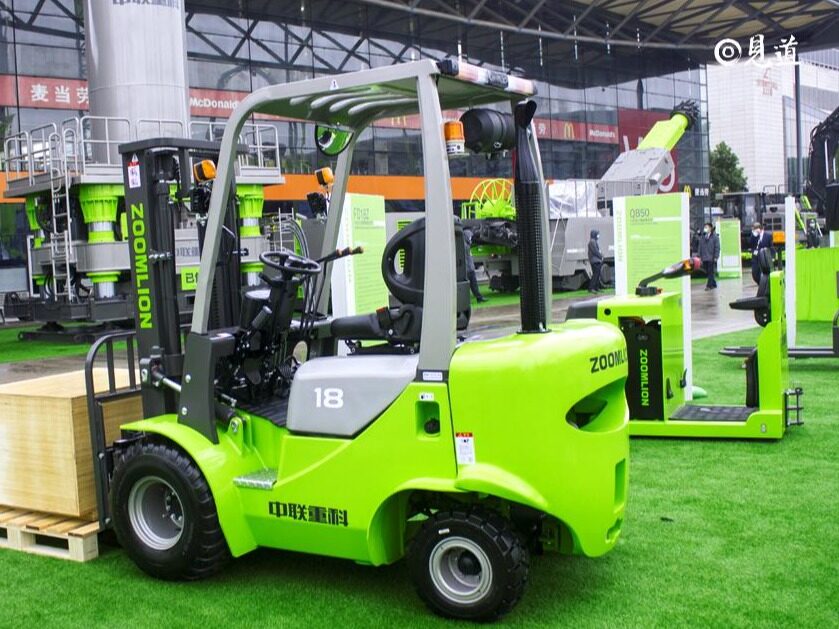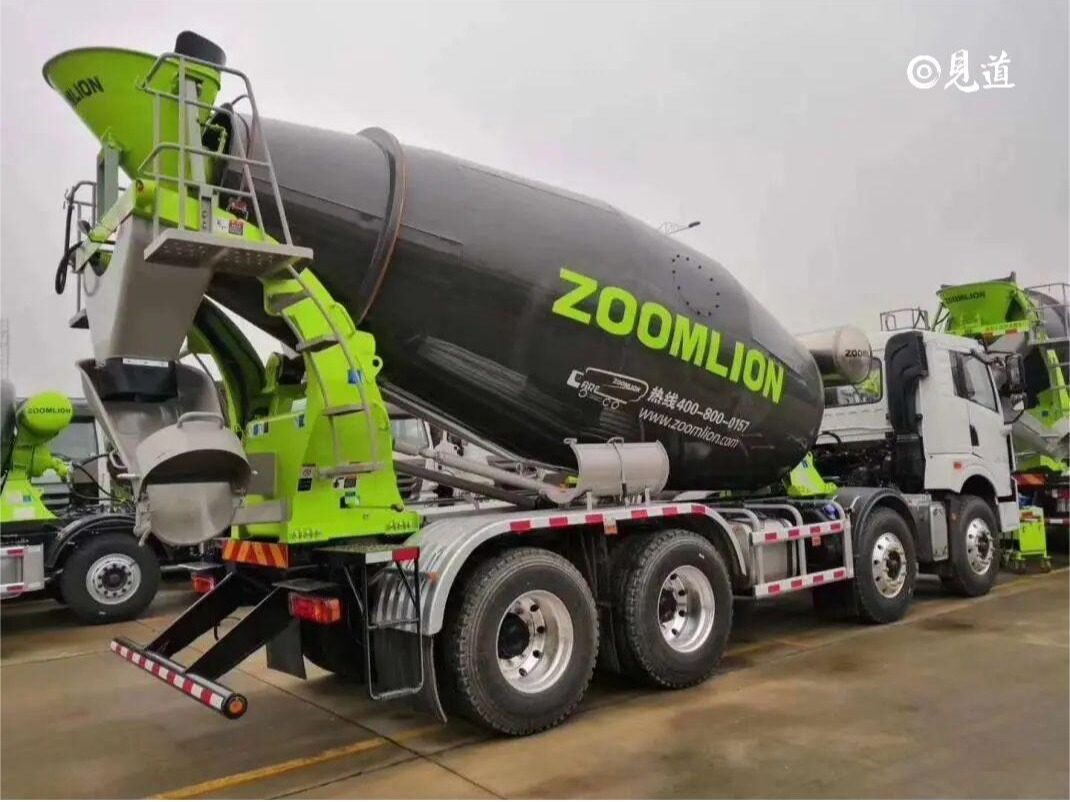- This is a large-scale amphibious aircraft independently developed by China, designed for forest fire fighting and water rescue needs

At about 10 o'clock on July 26, 2020, the domestically-made amphibious aircraft "Kunlong" AG600 successfully made its first flight at sea in Qingdao, Shandong. This is another milestone development of the aircraft after its first flight on land in 2017 and its first flight on water in 2018, laying the foundation for future aircraft research flight tests and aircraft-related performance verification.

"Kunlong" AG600 is a large amphibious aircraft developed by China that can be used for forest fire fighting and water/sea rescue. It has the characteristics of fast speed, good maneuverability, wide search range, high search efficiency, good safety, and large load capacity. It can not only draw water from the surface of the water, but also inject water at land airports, with a maximum carrying capacity of 12 tons; a single injection area of more than 4,000 square meters can rescue 50 people in distress at a time.
At about 9:28, the first aircraft group composed of captain Zhao Sheng, co-pilot Liu Ruqin, mechanic Wei Peng, and monitoring observer Jiao Lianyue, taxied an AG600 aircraft from Shandong Rizhao Shanzihe Airport according to the scheduled subjects. After flying in the air for about 28 minutes, the plane arrived near the intended sea area.
At about 10:14, in the waters near Qingdao Tuandao, the AG600 aircraft gradually lowered its altitude. In an instant, the belly of the plane was sliding smoothly against the sea surface, agitating white waves. At about 10:18, the AG600 landed on the sea, completed its fuselage rotation, adjusted its direction, and immediately re-accelerated, the nose rose, and rose into the air, leaving a white trail behind.
After completing a series of scheduled flight tests, at about 10:49, the AG600 aircraft returned to the departure airport smoothly. Accompanied by the melody of "Singing the Motherland", the plane passed the welcome gate, and Captain Zhao Sheng reported that he successfully completed the first sea takeoff and landing scientific research flight test mission.

Compared with inland waters, the landing and take-off environment at sea is more complex and changeable. Aircraft must not only overcome high salinity and humid environments, but also deal with new conditions such as differences in water density and sea waves. This first flight test at sea comprehensively explored sea flight test technology and flight test methods, inspected the aircraft's hydrodynamic performance and water surface control characteristics, checked the operation of the aircraft's various systems in the marine environment, and collected sea flight data to support subsequent related work .
The equipment has carried the mission of the country and the nation since its inception. In the future, it will inject new impetus into the development of major aviation equipment of the national emergency rescue system. Editor/He Yuting
Comment
 Praise
Praise
 Collect
Collect
 Comment
Comment
 Search
Search














Write something~